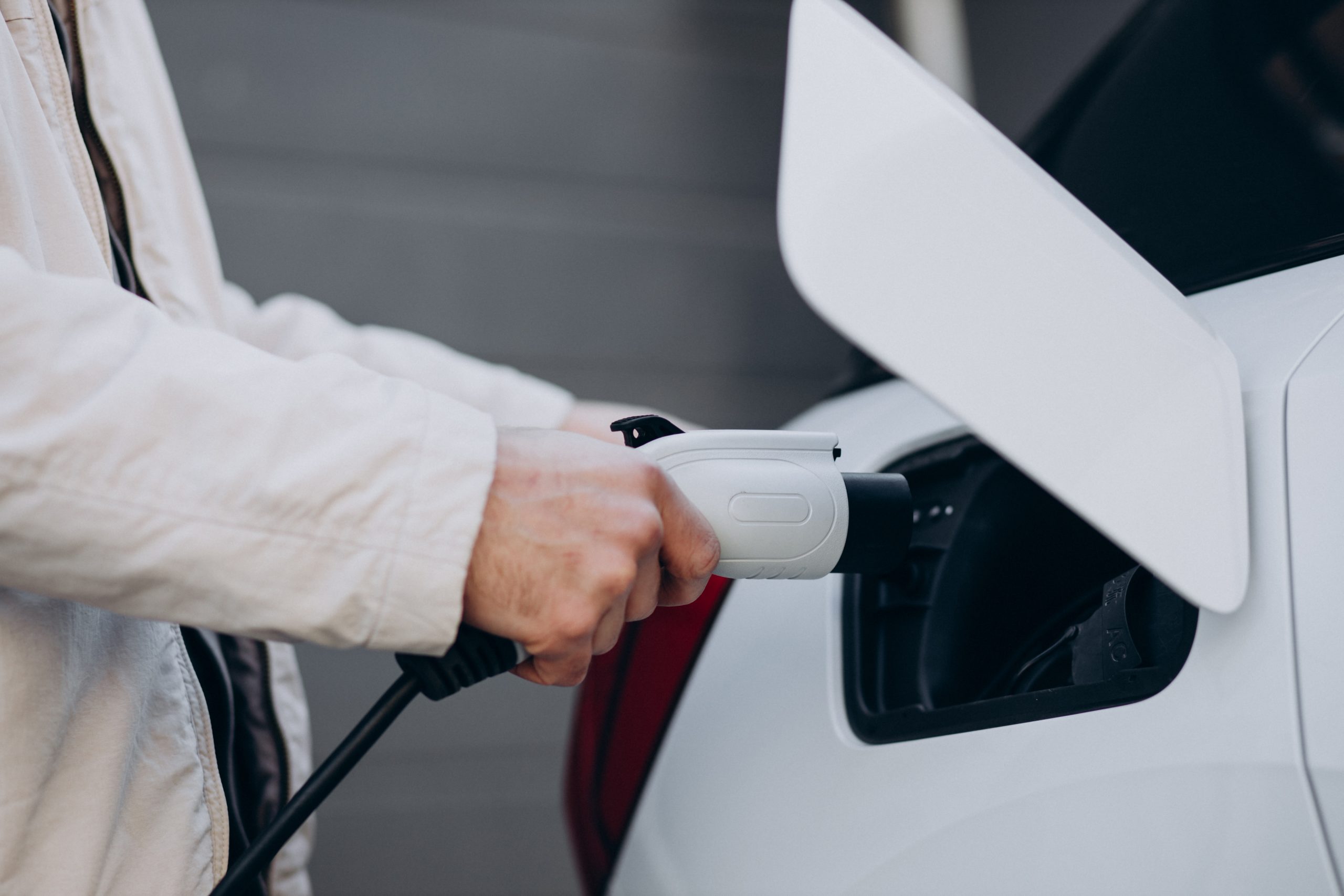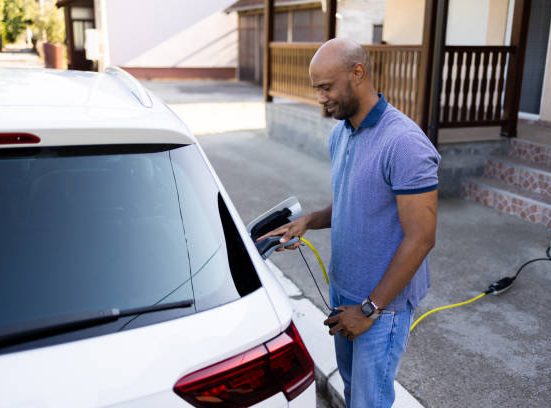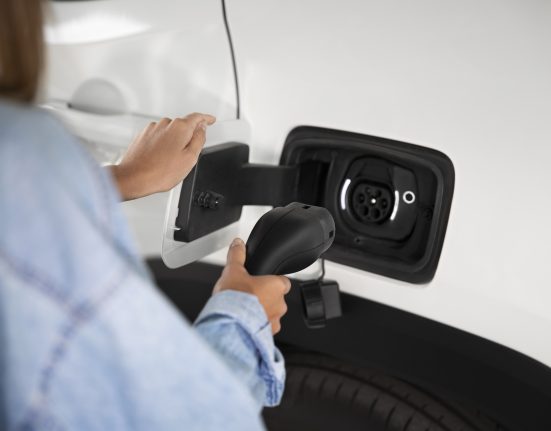One approach to guarantee that your electric vehicle (EV) will never be uncharged is to install a home EV charging station. But there are a few pitfalls to watch out for when you set up the charging station.
Putting Up Inadequate Stations
Not installing enough electric vehicle charging stations is one of the most common blunders individuals do. The temptation to install a minimal number of stations to save money is understandable, but doing so runs the risk of leaving drivers without access to a charging station when they need one. The availability of a charging station compatible with several plug types is also critical. Since there is a wide variety of electric vehicles available, you should think about putting in numerous kinds of charging stations.
Disregarding the Assessment of Incoming Power
To ensure that your home EV charging station is up to code, you should check the incoming electricity. Ensuring all the components, including the voltage, amperage, and cables, breakers, and outlets, are in good functioning order is what this entails. It is important to hire a licensed electrician who can check the system for compliance with codes and good operation of all parts.
Not Installing Grounding Properly
It is essential that the new home EV charging station be properly grounded before installation. You put yourself and your property at danger if you neglect to install grounding hardware properly. It is possible to get an electric shock from poor wiring or a spike in current even if no one is physically touched by the electricity. Furthermore, it has the potential to harm essential electrical appliances like refrigerators, air conditioners, and computers. By creating a second pathway for the surplus current to go into the earth, grounding protects individuals from electric shock. Having said that, the absence of a ground allows the electrical current to go many alternative routes, one of which is through a living being’s body!
An additional layer of protection against residential EV chargers and their wiring is achieved with the correct installation of an underground electrode. That manner, electrical shocks caused by improper wiring will not be an issue.
Breaking Electrical Rules and Regulations
It is essential to check all applicable national and local electrical regulations before having a home EV charging station. This involves ensuring that the necessary permissions and inspections are in place to guarantee compliance. Also, electrical codes are always changing, so it is important to choose an electrician who is up-to-date on all the standards to prevent any future issues.
To keep everyone safe and avoid fires, it is crucial to follow the area fire laws. Get in touch with the proper authorities in your area for clarification if your electrician is not conversant with the regulations. Before you use your new home EV charging station, double-check that everything is in accordance with electrical standards and regulations to avoid endangering your property and life.
Missing the Mark on Your Energy Consumption
Identifying your exact power requirements is a prerequisite to setting up a home EV charging station. Focusing on the specific model of vehicle you want to charge is crucial. To ensure a safe and efficient installation, this will assist in determining the appropriate size and kind of home car charger for your needs.
Consider the number of connections, voltage, and amperage required to charge your vehicle(s), as well as the power source (an outlet or a hardwired connection needing extra equipment) for the home EV charging station. In addition, think about potential additions that could be required for future adaptation. The timeline for these upgrades depends on how far in advance you want to plan your station upgrades.



